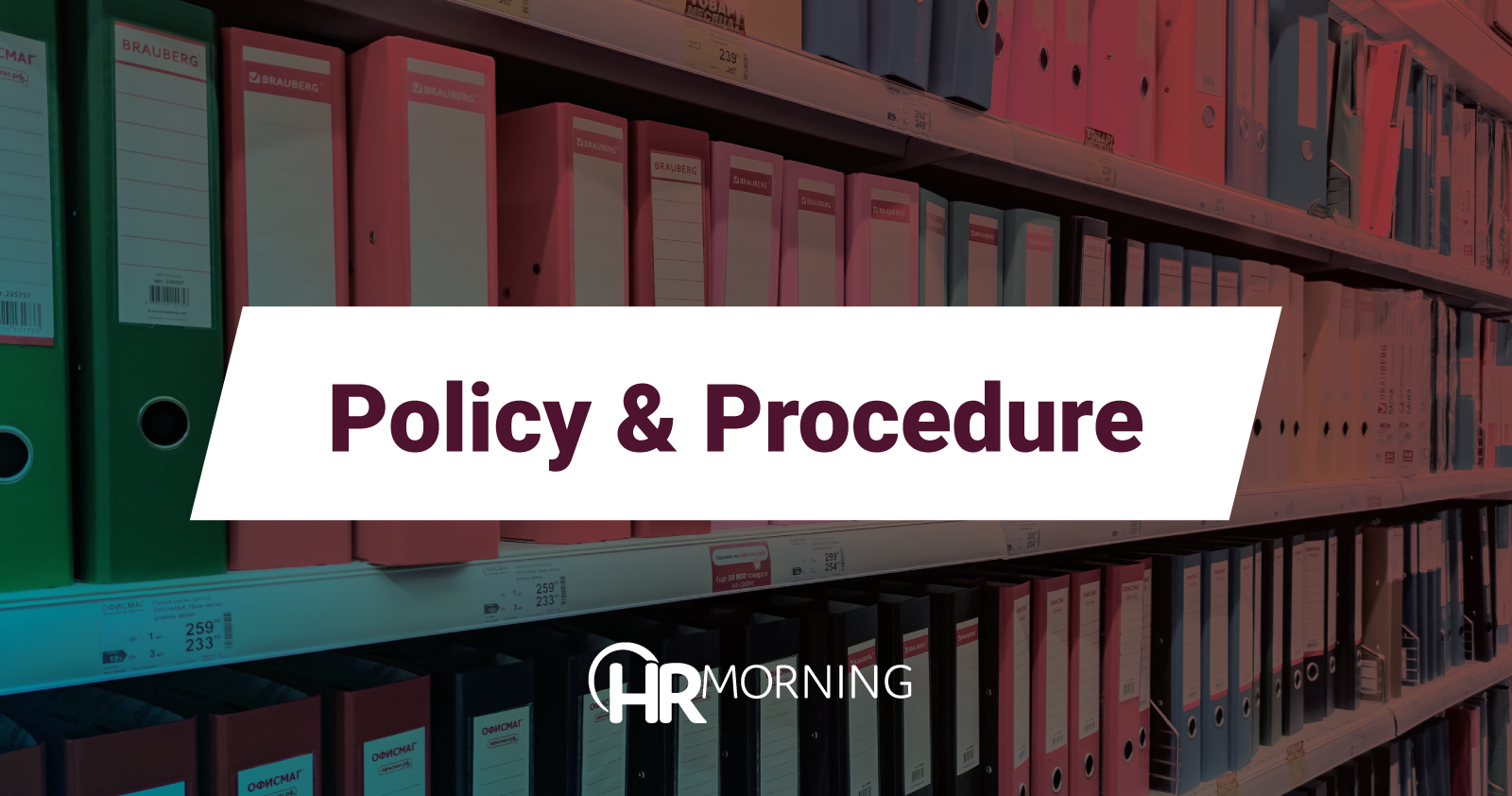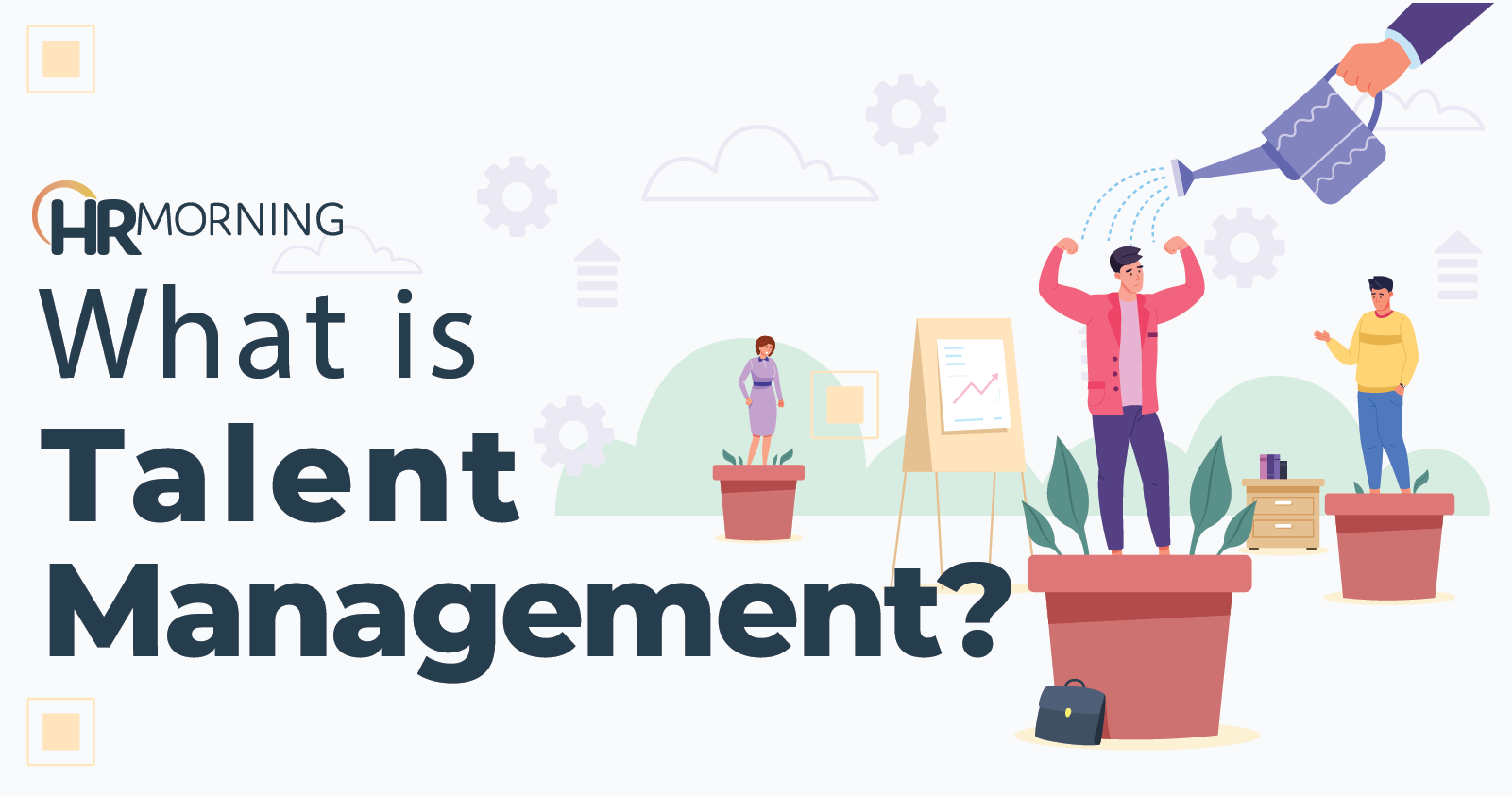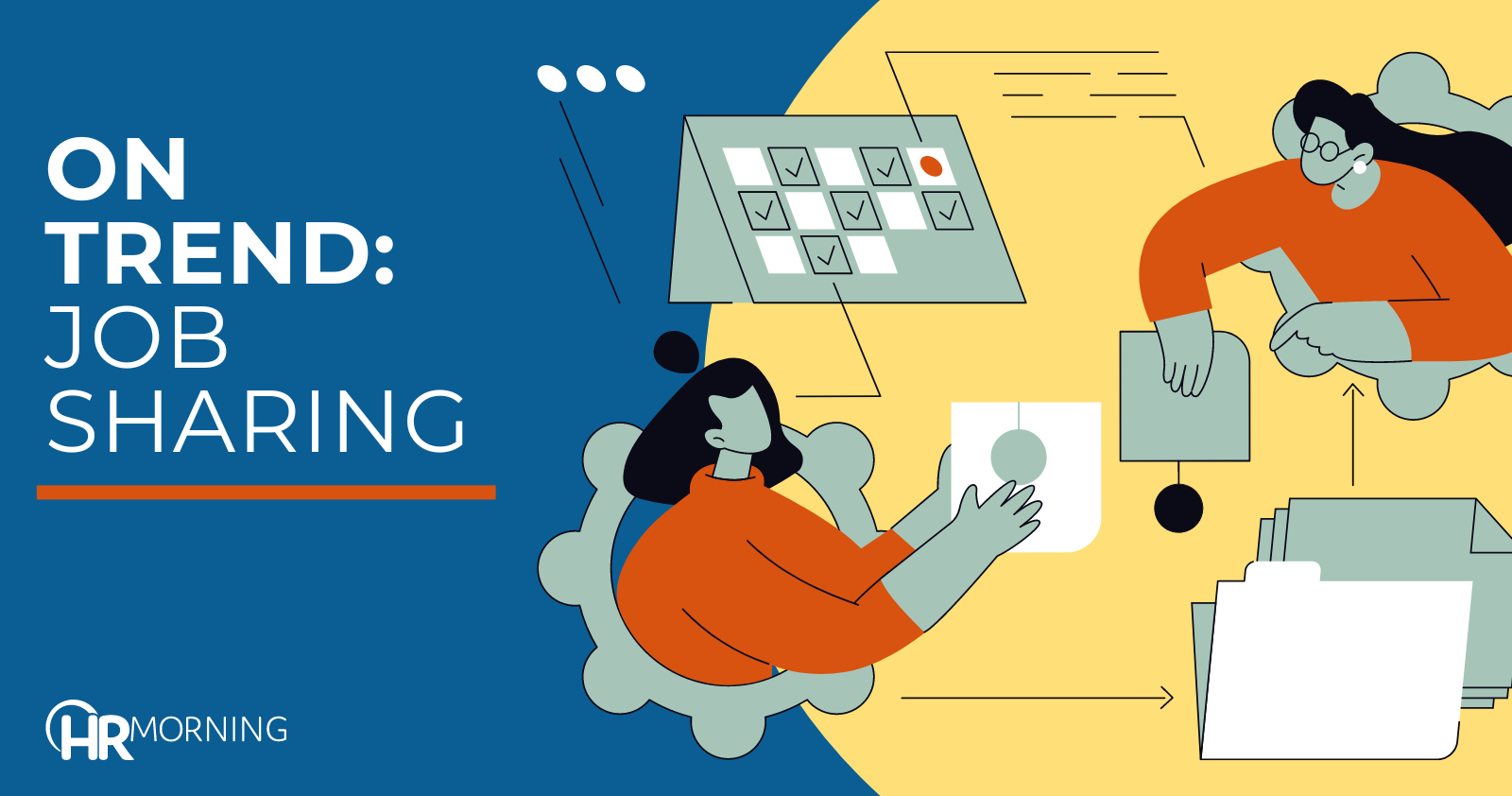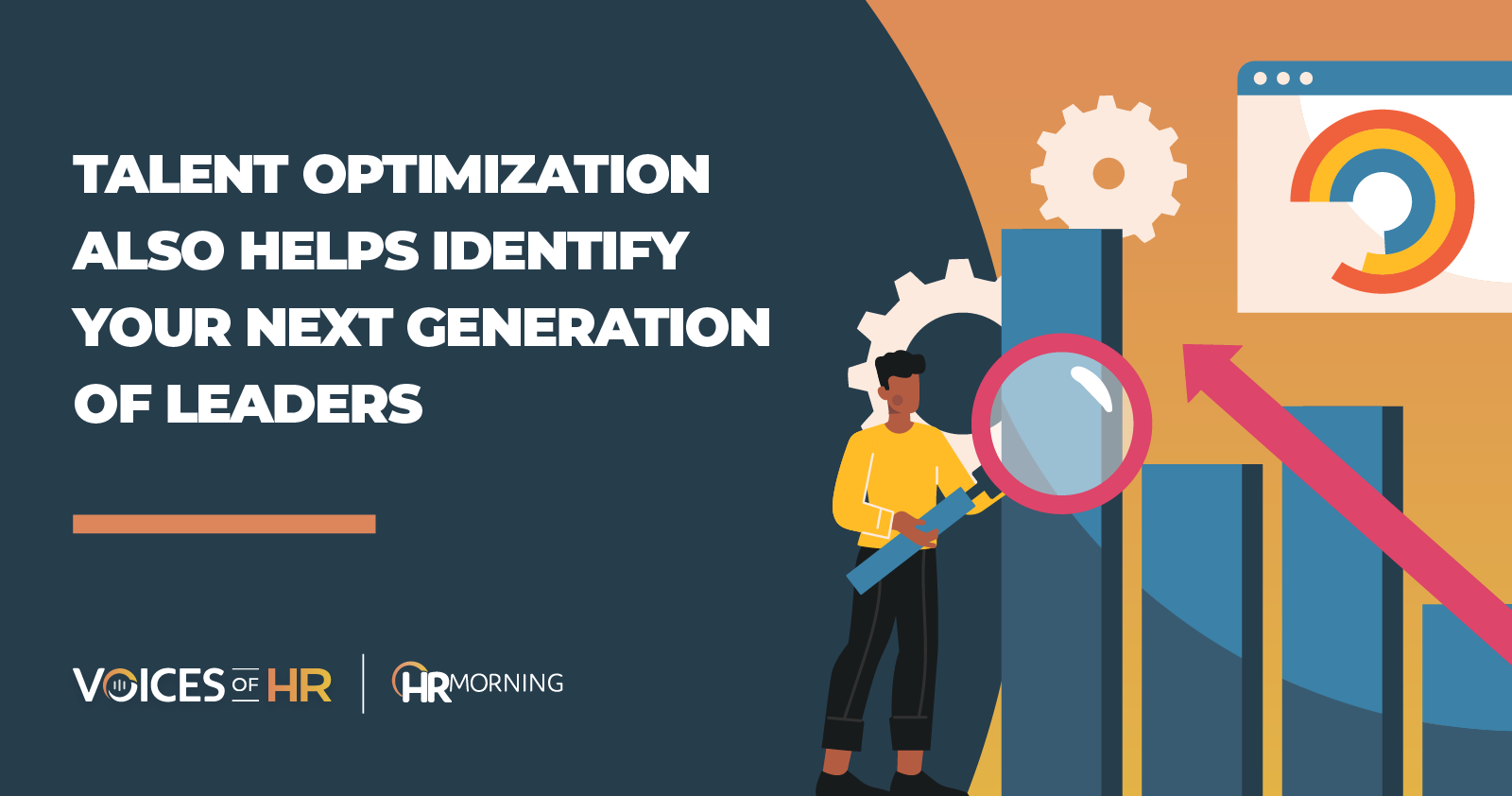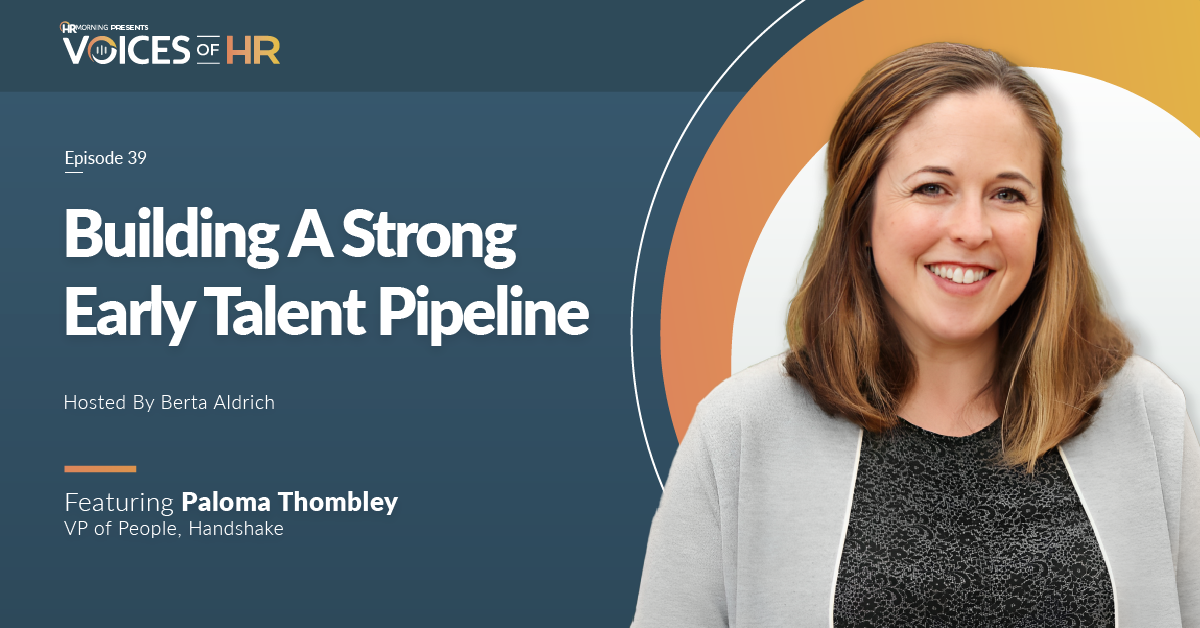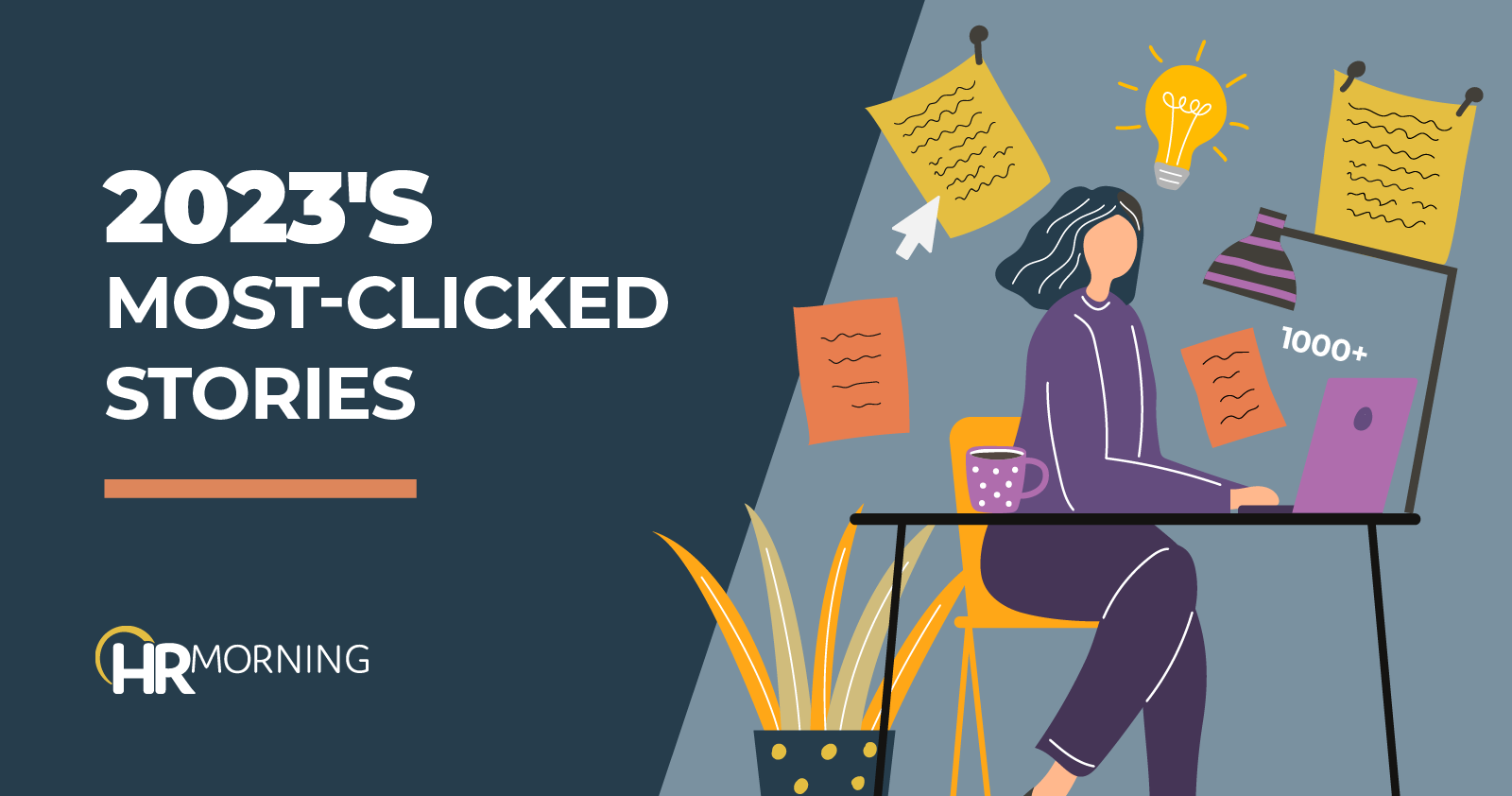Talent Chief Reveals 3 Top Talent Strategy Priorities
When it comes to managing and optimizing your workforce, key talent strategy focus areas for HR include employee retention, employee experience and leader effectiveness. ADP Chief Talent Officer Jay Caldwell said these as his top three talent strategy priorities, which he discussed in an interview. Employee retention remains a challenge for HR due to the…
